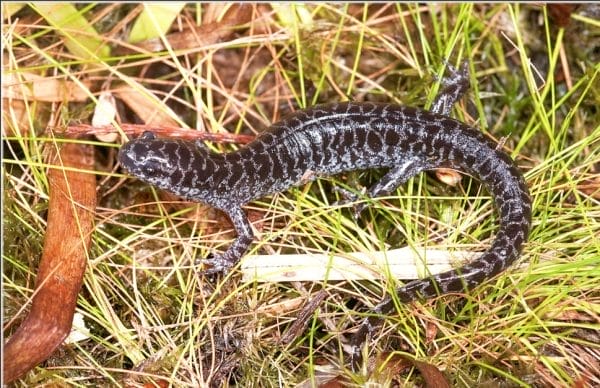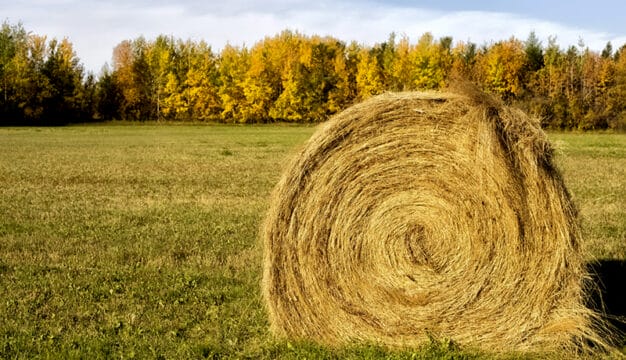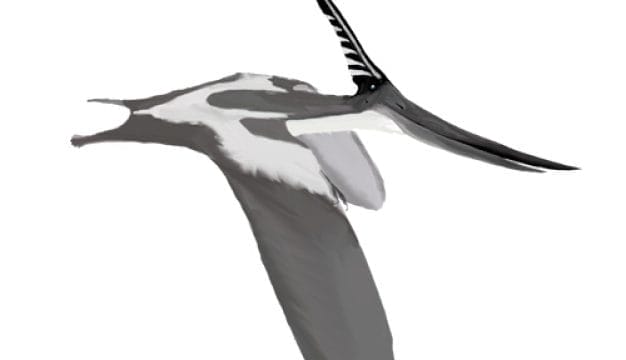Reticulated Flatwoods Salamander
 Reticulated Flatwoods Salamander
The reticulated flatwoods salamander (Ambystoma bishopi) is a federally endangered amphibian named for the net-like, or reticulated, color pattern found on its upper body and for its prevalence in the topographical areas of Alabama known as flatwoods in the East Coast Gulf Coastal Plain physiographic section. Historically, these salamanders occurred in Baldwin, Covington, Houston, and Mobile counties, but they have not been documented in the state in more than two decades. Scientists conducted rigorous surveys between 1992 and 1995, but no populations were found. Individuals may exist in remaining areas of its habitat, but suitable habitat continues to decline in the state.
Reticulated Flatwoods Salamander
The reticulated flatwoods salamander (Ambystoma bishopi) is a federally endangered amphibian named for the net-like, or reticulated, color pattern found on its upper body and for its prevalence in the topographical areas of Alabama known as flatwoods in the East Coast Gulf Coastal Plain physiographic section. Historically, these salamanders occurred in Baldwin, Covington, Houston, and Mobile counties, but they have not been documented in the state in more than two decades. Scientists conducted rigorous surveys between 1992 and 1995, but no populations were found. Individuals may exist in remaining areas of its habitat, but suitable habitat continues to decline in the state.
This species of salamander was first described in 1950 by Coleman J. Goin in his article “A Study of the Salamander, Ambystoma cingulatum, with the Description of a New Subspecies.” In it, he categorized the reticulated flatwoods salamander as a subspecies of the frosted flatwoods salamander (Ambystoma cingulatum). Based on genetic and morphological differences documented in 2007, however, scientists have decided that the frosted flatwoods and the reticulated flatwoods salamander are two different species. The reticulated flatwoods salamander is smaller in proportion and its patterning differs slightly from that of the frosted flatwoods salamander.
These salamanders are members of the Ambystomatidae family, the mole salamanders, so named for their habit of living in underground burrows. As burrowers, members of this family possess a robust body, stout limbs and tail, and a large head. Reticulated flatwoods salamanders are slightly slimmer than other members of Ambystomatidae and range from 5 to 5.5 inches (~12 to 13 centimeters) in length. The tail is shorter than the body length and is flattened towards the end. Other features of their bodies include medium-sized eyes, tapered nostrils, glossy skin, and vomerine teeth, which are extra teeth located on the roof of an animal’s mouth.
As stated above, this type of salamander gets its name from the white net-like patterning on its upper half. The rest of the salamander is generally black or dark gray, with small white specks on its belly. Its skin is mostly smooth, except for between 14 and 16 ridges on each side, called costal grooves, as well as a ridge from the corner of the eye to the base of the upper jaw on each side of its head. Males of this species are usually shorter in length than females, with noticeably larger cloaca (the sexual organ of both male and female amphibians, birds, and several other types of animal), and females have a rounder midsection.
Like many other salamanders, this species must live in moderately damp soil. Individuals burrow underground and are rarely seen above the surface, preferring temperatures that range from 44 to 75 degrees Fahrenheit (~7 to 24 degrees Celsius). They are found in longleaf pine (Pinus palastris) and wiregrass (Aristida stricta) flatwoods and savannas that include low-growing shrubs such as palmetto (Serenoa repens), gallberry (Ilex glabra), and blueberries (Vaccinium species). These plants grow in poor-draining soils, and during wet seasons, pools and puddles accumulate under them, providing areas in which the salamanders lay their eggs.
Reticulated flatwoods salamanders lay their eggs in rows or clumps in numerous locations and, unlike other species of Ambystomatidae, do not remain to watch over their clutches. The eggs only hatch during periods of heavy rains occurring in November through December because they must be completely submerged for development to take place.
Reticulated flatwoods salamander larvae typically have red feathery gills, high tail fins, and a brown-green skin color with prominent horizontal dark brown or black lines along their bodies. They remain in water for three to five months and then become terrestrial. Males reach sexual maturity at about a year but typically do not mate until their second year. Females mature and begin breeding in their second year as well. Adults are solitary until breeding season, during which time they court and mate on land.
The reticulated flatwoods salamander is important in its ecosystem as both predator and prey. Larvae eat freshwater invertebrates, and mature salamanders eat earthworms, spiders, small insects, and other invertebrates. These salamanders in turn are an important food source for several common predators: adults are preyed upon by various reptiles, other amphibians, and birds, and larvae are preyed upon by several species of fish, including mosquitofish, pygmy sunfish, and banded sunfish.
Larval diets of the reticulated flatwoods salamander present valuable information on their breeding habitats. Larvae feed on aquatic invertebrates that reflect the nature and quality of the aquatic habitat. The reticulated flatwoods salamander is a valuable indicator species because its numbers in a given area allow scientists to infer the relative abundance of less-observable prey species and give information about the health and biodiversity of the habitat.
Because of the species’ low population numbers, the reticulated flatwoods salamander was federally listed as endangered in 2009. They face many threats as both larvae and adults, the most significant being destruction of habitat through development and improper burn management. Active management of populations will rely most heavily on the restoration of suitable habitat. Although humans have a huge impact on populations, reticulated flatwoods salamanders also are threatened by natural events such as drought and storms.
Additional Resources
Conant, Roger, and Joseph T. Collins. A Field Guide to Reptiles & Amphibians. Eastern and Central North America. Boston: Houghton Mifflin Company, 1998.
Goin, Coleman J. “A Study of the Salamander, Ambystoma cingulatum, with the Description of a New Subspecies.” Annals of the Carnegie Museum 31 (1950): 229-321.
Mandica, Mark. “Rearing the Federally Endangered Reticulated Flatwoods Salamander, Ambystoma bishopi, from Eggs through Metamorphosis.” Herpetological Review 45, no. 1 (2014): 62–65.



